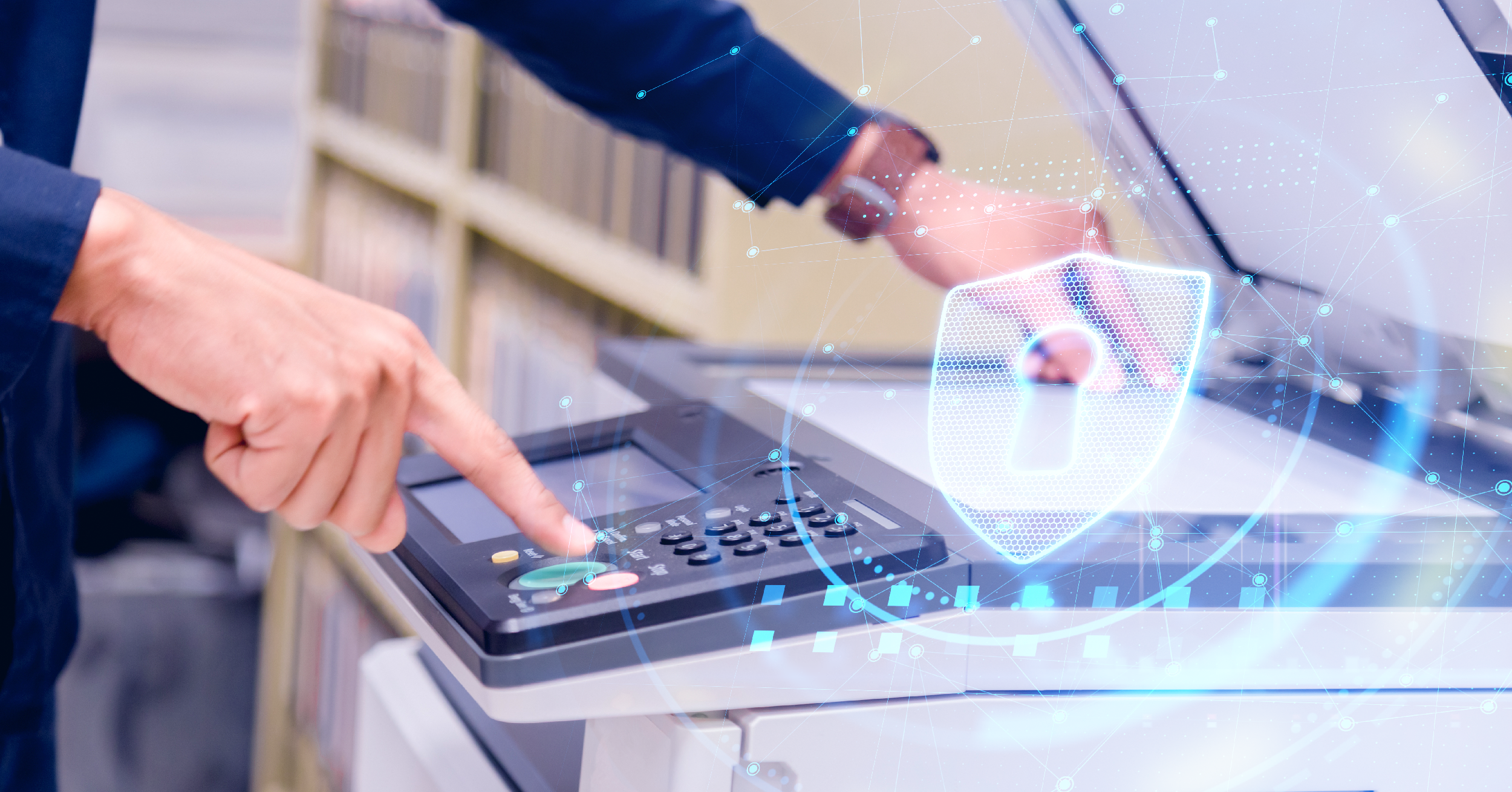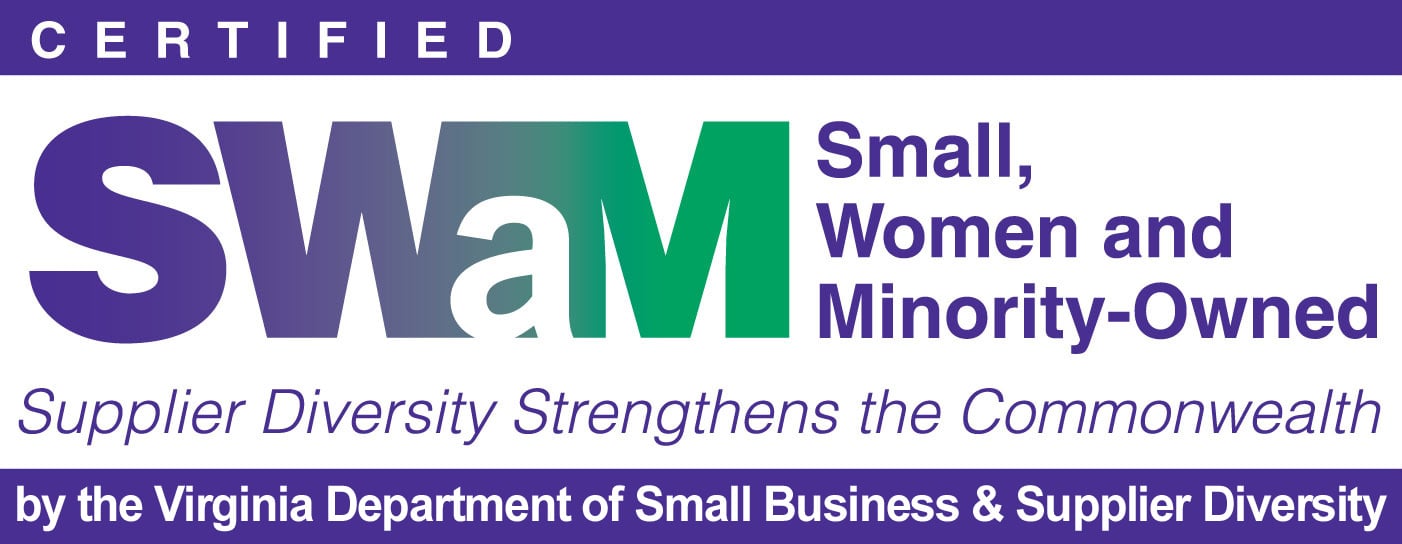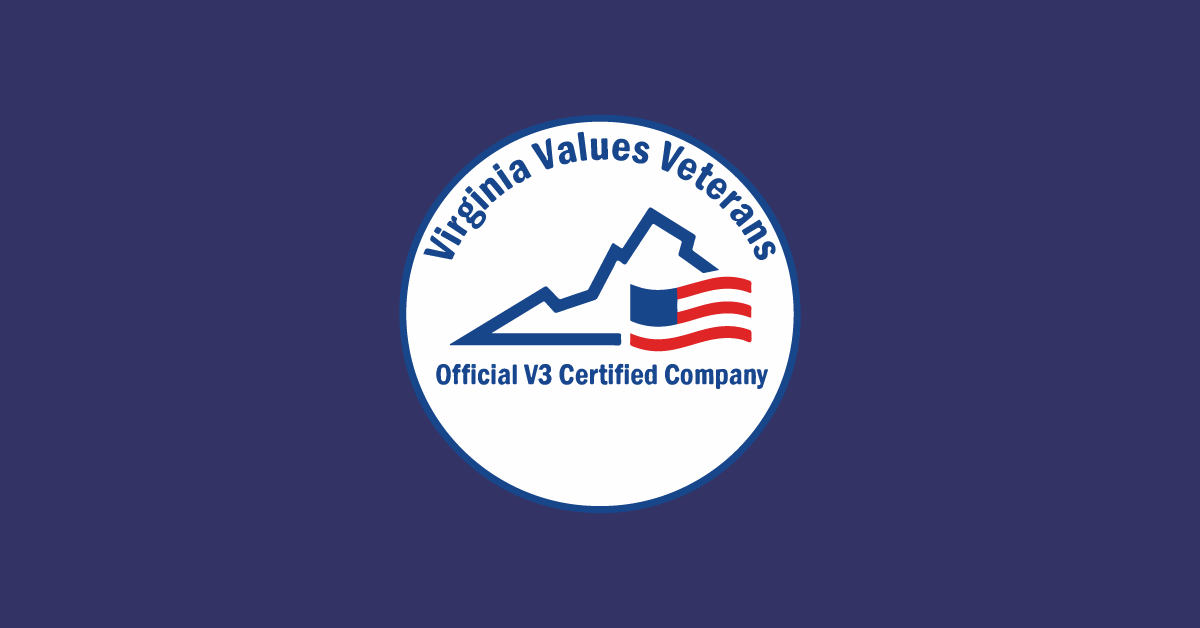3 min read
Building Culture That Works: Cobb Tech Named One of VA's Best
Cobb Technologies has been honored as one of the 2025 Best Places to Work in Virginia by Virginia Business and Best Companies Group. This prestigious...
5 min read
 Olivia Mlincsek
Jul 22, 2024 8:45:00 AM
Olivia Mlincsek
Jul 22, 2024 8:45:00 AM

It’s no secret that cybersecurity is paramount in today’s digital age, but that is especially true for businesses working within the defense sector.
The U.S. Department of Defense (DoD) requires robust cybersecurity measures from its contractors to protect critical national security data. To enforce this, the DoD has established the Cybersecurity Maturity Model Certification (CMMC) 2.0, a framework that sets cybersecurity standards across the defense supply chain.
For companies dealing with the DoD, understanding and adhering to CMMC 2.0 is crucial to maintain compliance and secure contracts.
But what does this mean for your office technology, particularly your fleet of copiers and multifunction devices? Many businesses might overlook the connection between CMMC and everyday office equipment, but ensuring these devices comply with CMMC 2.0 standards is essential. Let's explore CMMC 2.0 and how to ensure your office equipment complies.
The Cybersecurity Maturity Model Certification (CMMC) is a set of standards introduced by the DoD in 2019 to safeguard controlled unclassified information (CUI) within the defense supply chain. In 2021, the DoD updated this framework, resulting in CMMC 2.0, which aims to streamline the requirements for defense contractors.
CMMC 2.0 simplifies the original model by aligning more closely with existing cybersecurity standards such as those from the National Institute of Standards and Technology (NIST) and the Defense Federal Acquisition Regulation Supplement (DFARS). This update reduces complexity and makes it easier for defense contractors to understand and implement the necessary cybersecurity measures.
Originally, CMMC was divided into five maturity levels. However, CMMC 2.0 has consolidated these into three levels to simplify the certification process:
Each level builds upon the previous one, requiring businesses to meet the criteria of the lower levels in addition to their own.
Note: As you progress through the levels, the complexity and rigor of requirements increase. For the most accurate and up-to-date information, refer to the official CMMC website and CyberAB.
According to the DoD (as stated in the CMMC 2.0 Proposed Rule), CMMC requirements for Levels 1, 2 and 3 are expected to be included in all solicitations issued on or after October 1, 2026. This means all defense industrial base (DIB) contractors will need to become certified with CMMC 2.0 through a Certified Third-Party Assessment Organization (C3PAO).
Given this timeline, it is crucial for defense contractors to start working towards full compliance now to ensure they can continue working with the DoD.
Who Needs to Comply with CMMC?
CMMC 2.0 applies to all third parties within the defense supply chain, including contractors, subcontractors, and foreign suppliers. Whether you are a prime contractor or a subcontractor, if your organization handles CUI or Federal Contract Information (FCI) and does business with the DoD, you must comply with CMMC 2.0. The level of CMMC compliance required for an organization depends on the type of CUI and FCI it handles and exchanges.
However, even if your business is not directly required to comply with CMMC, but is still considered critical infrastructure, adhering to its standards can offer significant benefits. For instance, companies interested in migrating to the cloud might seek compliance with FEDRAMP, a government-wide risk management framework for cloud product security. By adopting a FEDRAMP-authorized solution like uniFLOW Online, businesses can securely manage their printing and document workflows while moving away from physical servers.
To learn more about how uniFLOW Online can benefit your business, speak with one of our experts.
Copiers and multifunction devices play a critical role in office technology and need to comply with CMMC standards. Key considerations include:
Using secure solutions like uniFLOW Online, which is FedRAMP-authorized, can help mitigate these risks by providing robust cloud-based print management. It's important to note that while FedRAMP authorization ensures adherence to rigorous federal security standards, it does not guarantee CMMC compliance. However, integrating FedRAMP-authorized solutions into your cybersecurity strategy is a proactive step towards enhancing data security and aligning with federal requirements.
For more information on securing your copiers and aligning with federal cybersecurity standards, get in touch with our team.
Modern copiers come equipped with various security features that aid in achieving CMMC compliance. These features are essential for protecting controlled unclassified information (CUI) and ensuring the integrity of your data.
Encryption is a critical feature for protecting data both in transit and at rest. CMMC 2.0 emphasizes the importance of safeguarding CUI by ensuring that data is encrypted when stored on the copier's hard drive and during transmission to and from the device. This prevents unauthorized access and interception of sensitive information.
Authentication ensures that only authorized users can access the copier or retrieve documents. This feature is vital for complying with CMMC 2.0 requirements, which mandate strict access controls to protect CUI.
Secure printing is a feature that holds print jobs in a secure queue until the user authenticates at the device. This prevents sensitive documents from being left unattended on output trays, a common security vulnerability.
In addition to encryption, authentication, and secure printing, modern copiers may offer other security features that contribute to CMMC compliance:
By leveraging these security features, businesses can better align their office equipment with CMMC 2.0 requirements, ensuring that their copiers and multifunction devices contribute to a secure environment for handling controlled unclassified information (CUI).
Integrating cybersecurity into your office technology strategy is crucial for compliance with CMMC 2.0. Ensuring your copiers are secure is an integral part of this process, as it protects sensitive information and helps maintain compliance with regulatory standards. By adopting advanced security features such as encryption, authentication, and secure printing, your business can safeguard controlled unclassified information (CUI) and get closer to meeting the stringent requirements of CMMC.
The first step towards achieving CMMC 2.0 certification is to understand the various requirements you will need to meet based on the type of information your organization handles. This involves conducting a thorough assessment of your current cybersecurity measures and identifying any gaps that need to be addressed. Collaborating with experts in cybersecurity and office technology can provide the guidance and solutions necessary to align your business practices with CMMC standards.
Remember: It is always best to check with your compliance officer for specific guidance. For the most accurate and updated information, please visit the official CMMC website and CyberAB.

3 min read
Cobb Technologies has been honored as one of the 2025 Best Places to Work in Virginia by Virginia Business and Best Companies Group. This prestigious...

5 min read
Cobb Technologies is honored to hold the SWaM (Small, Women-owned, and Minority-owned Business) certification, awarded by the Commonwealth of...

5 min read
Every year, thousands of Veterans transition from military service to civilian careers in Virginia, bringing invaluable skills and experiences to...